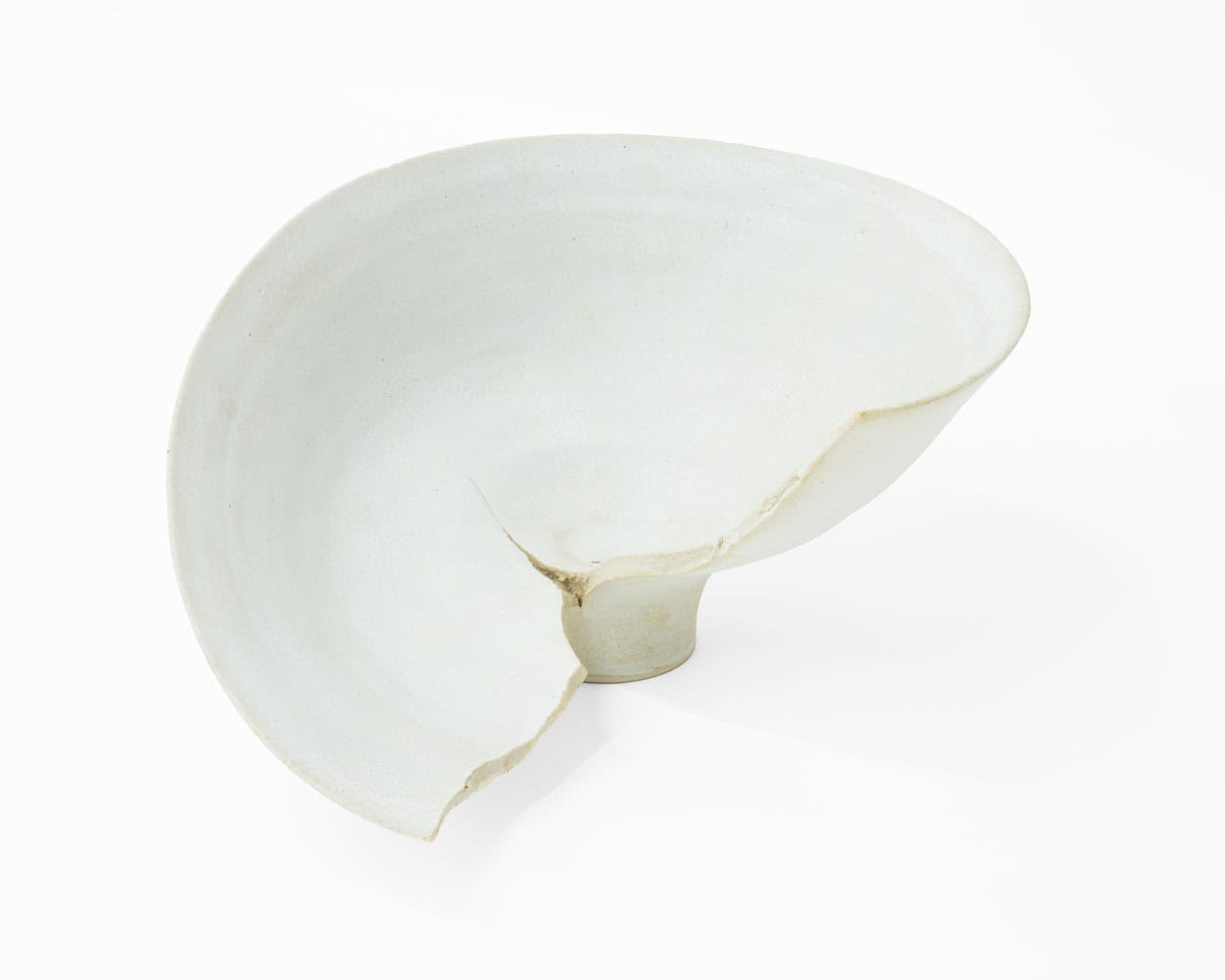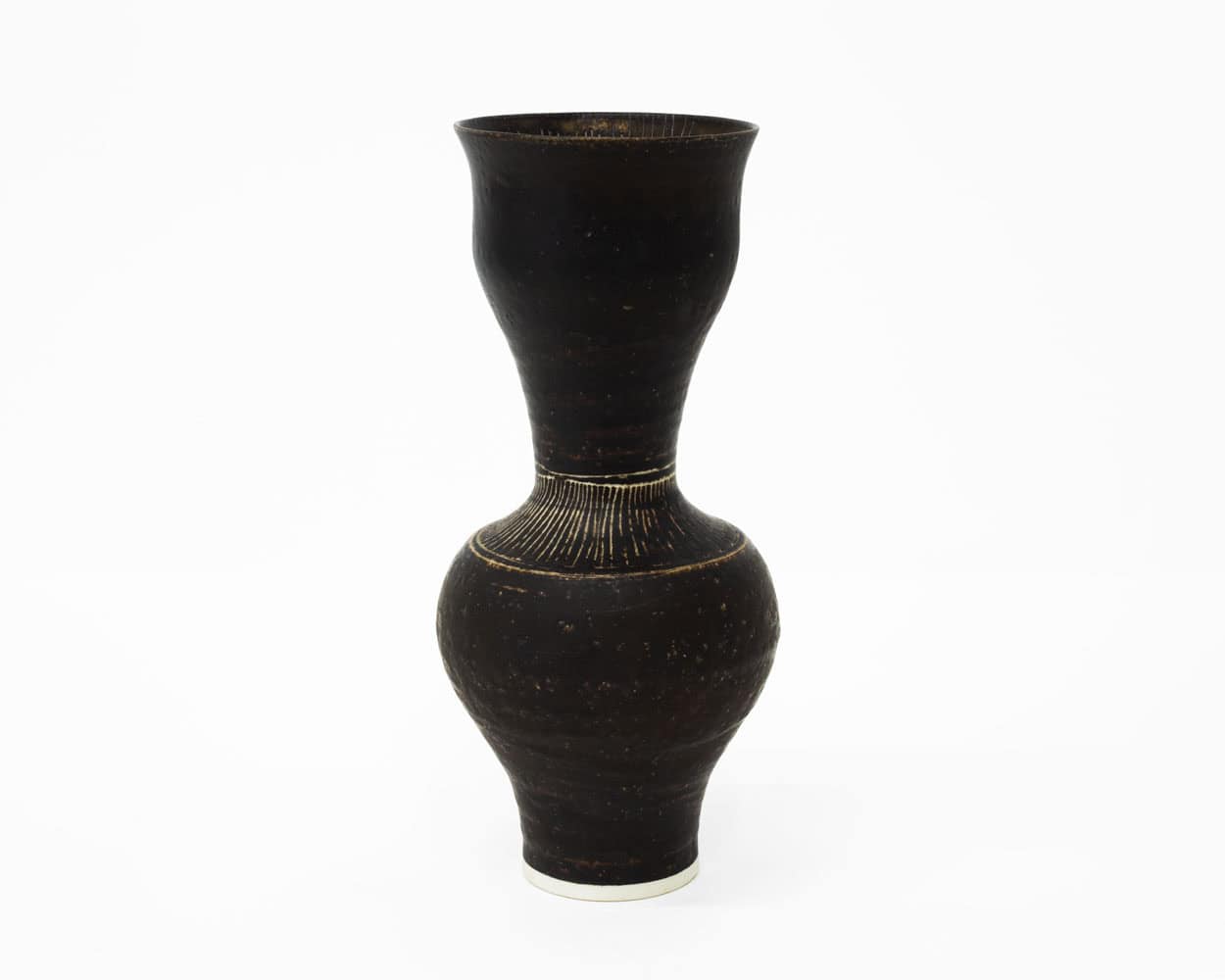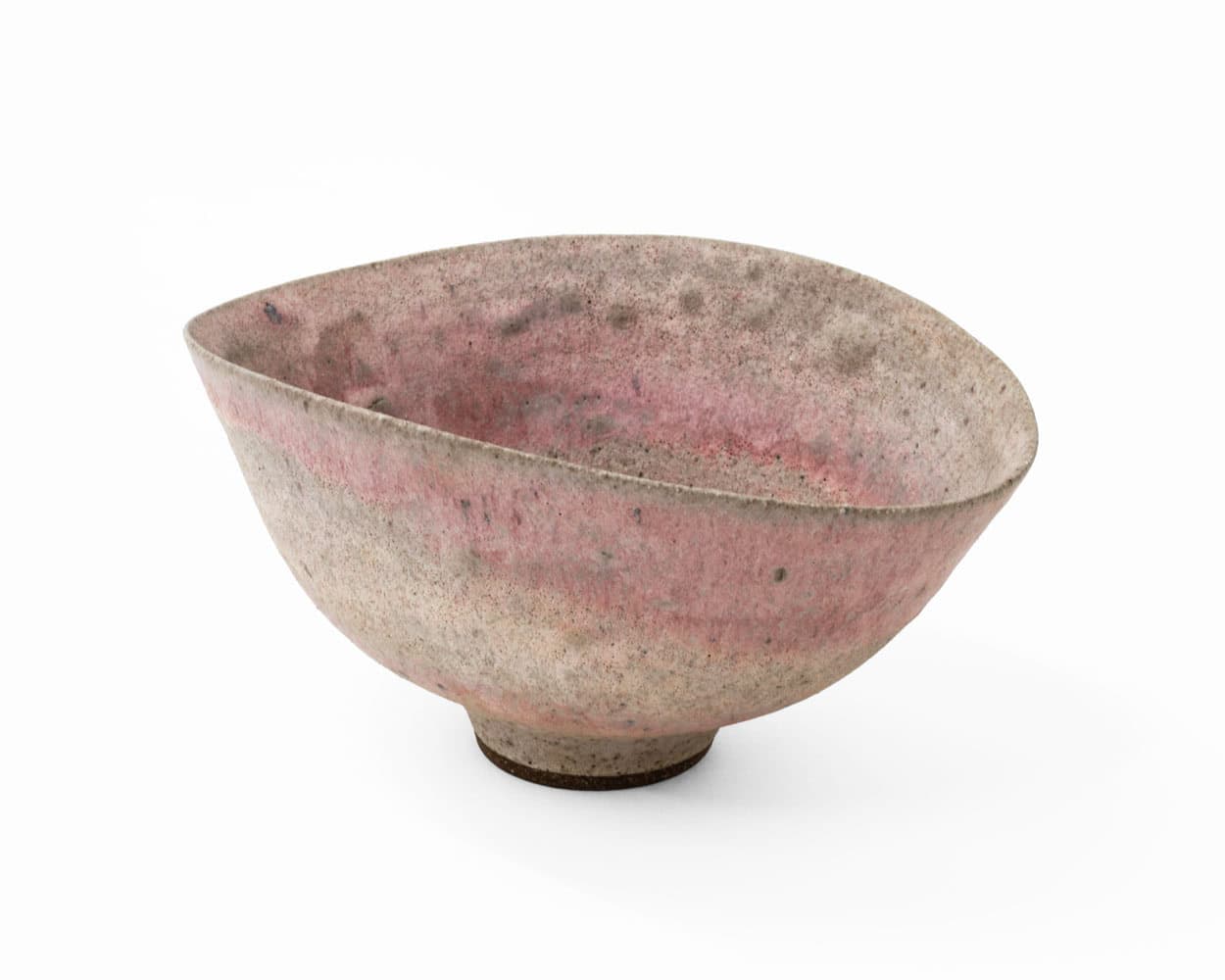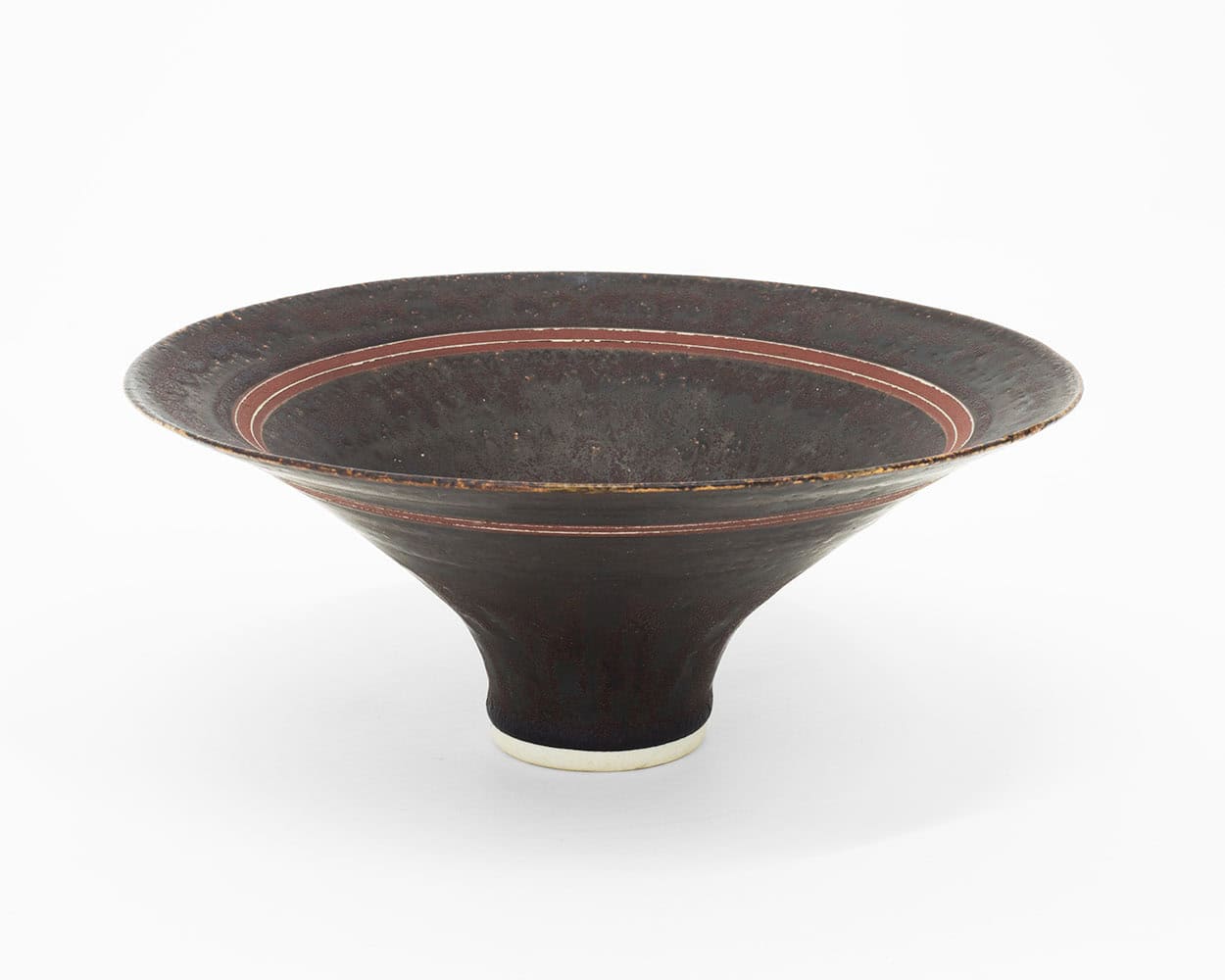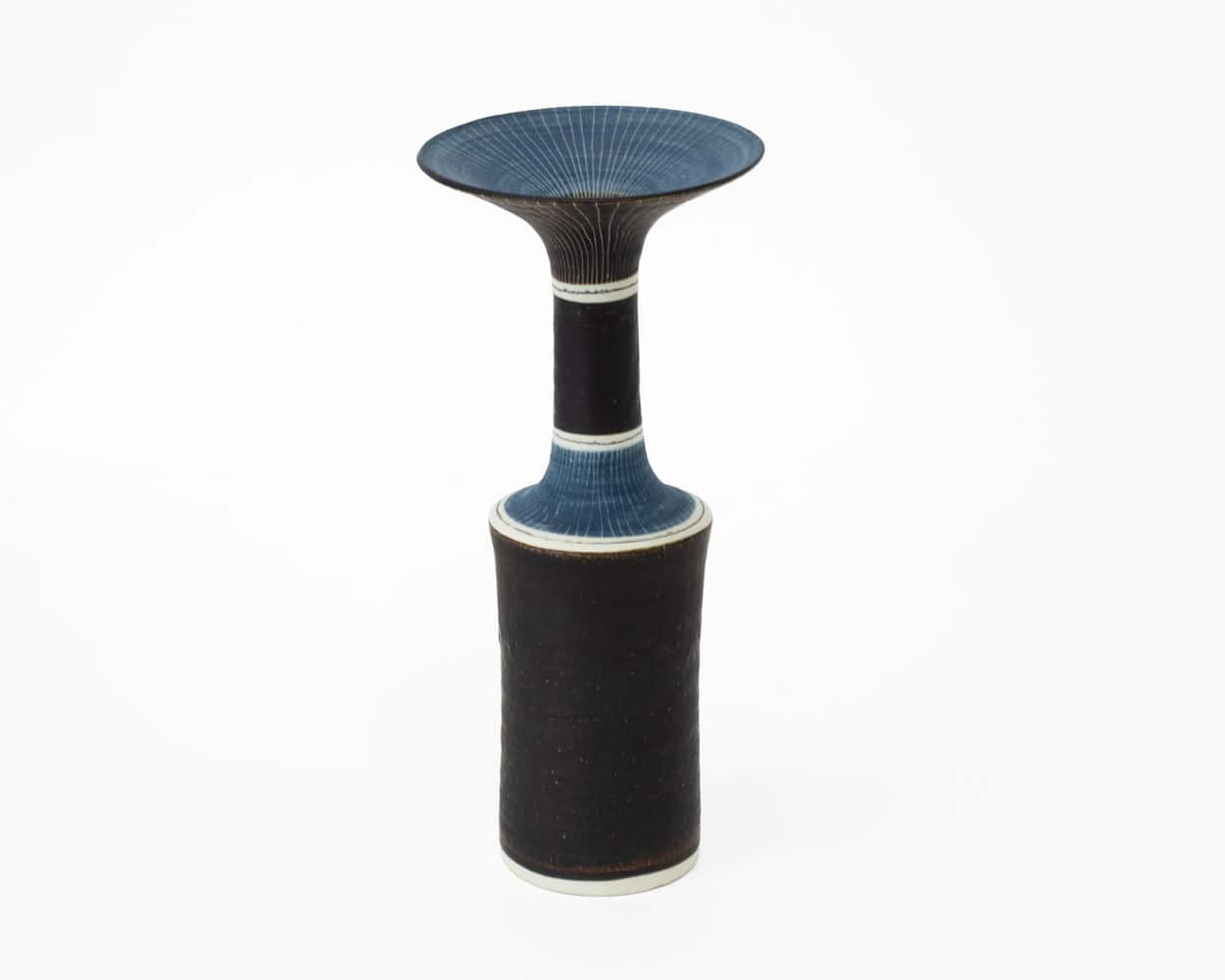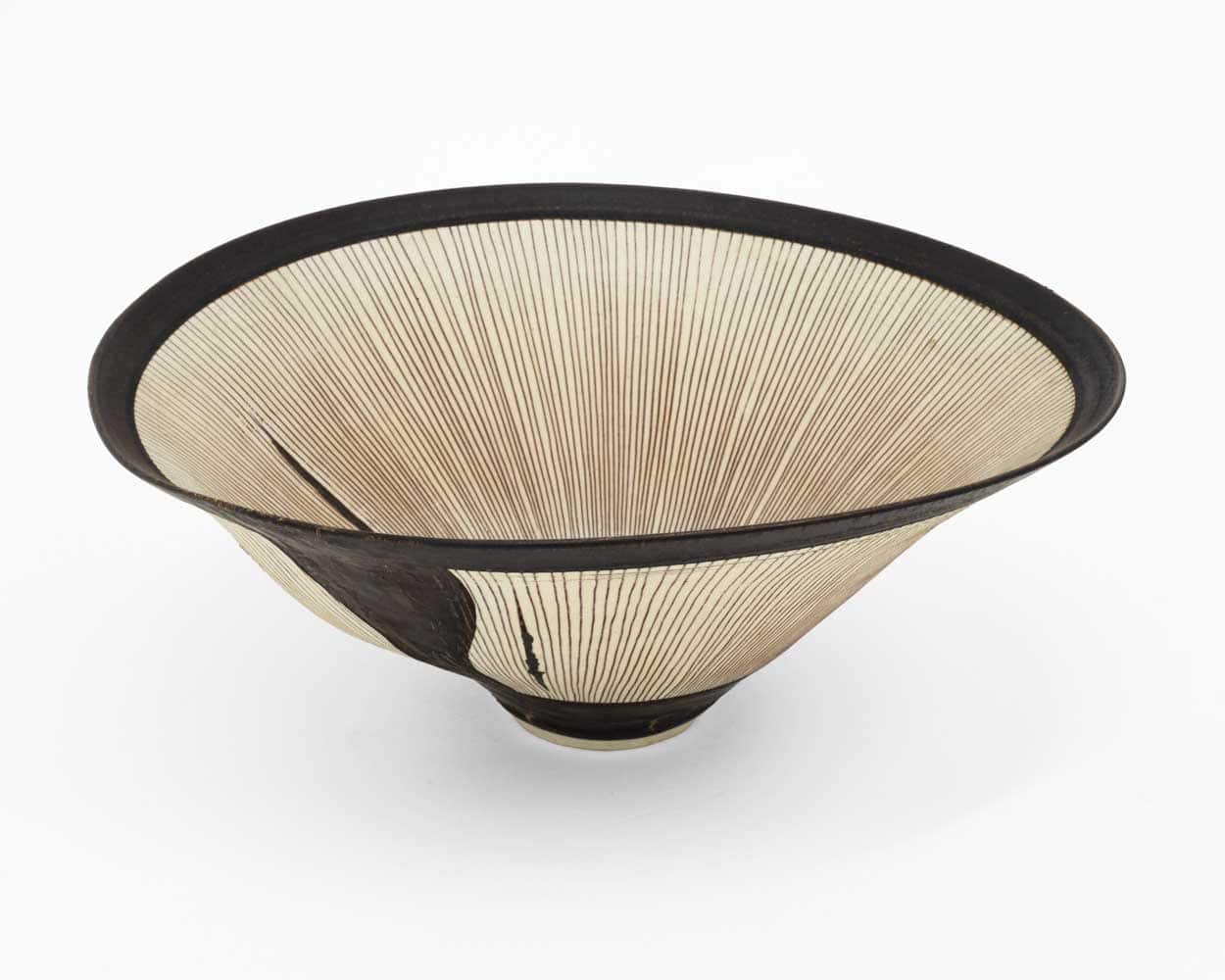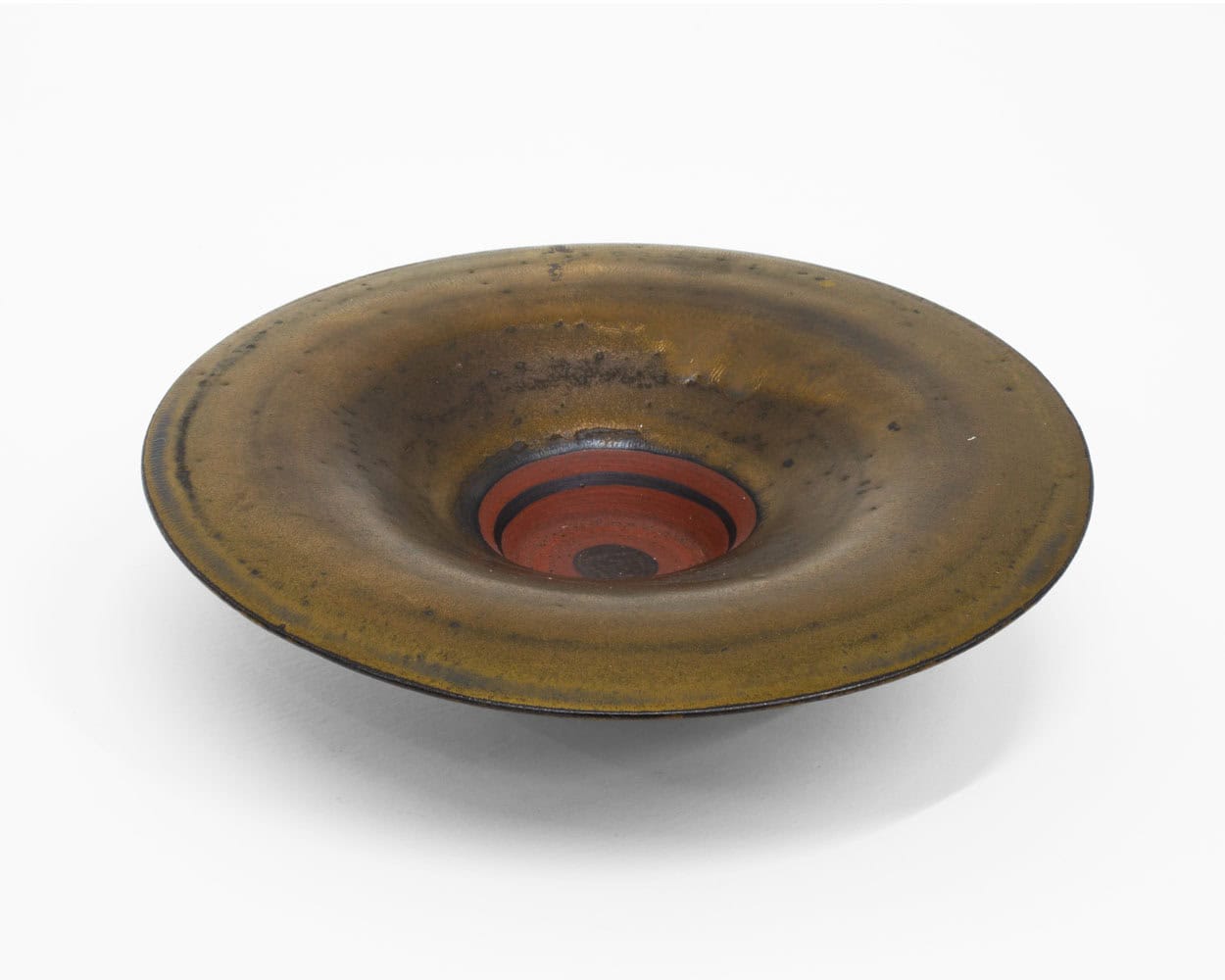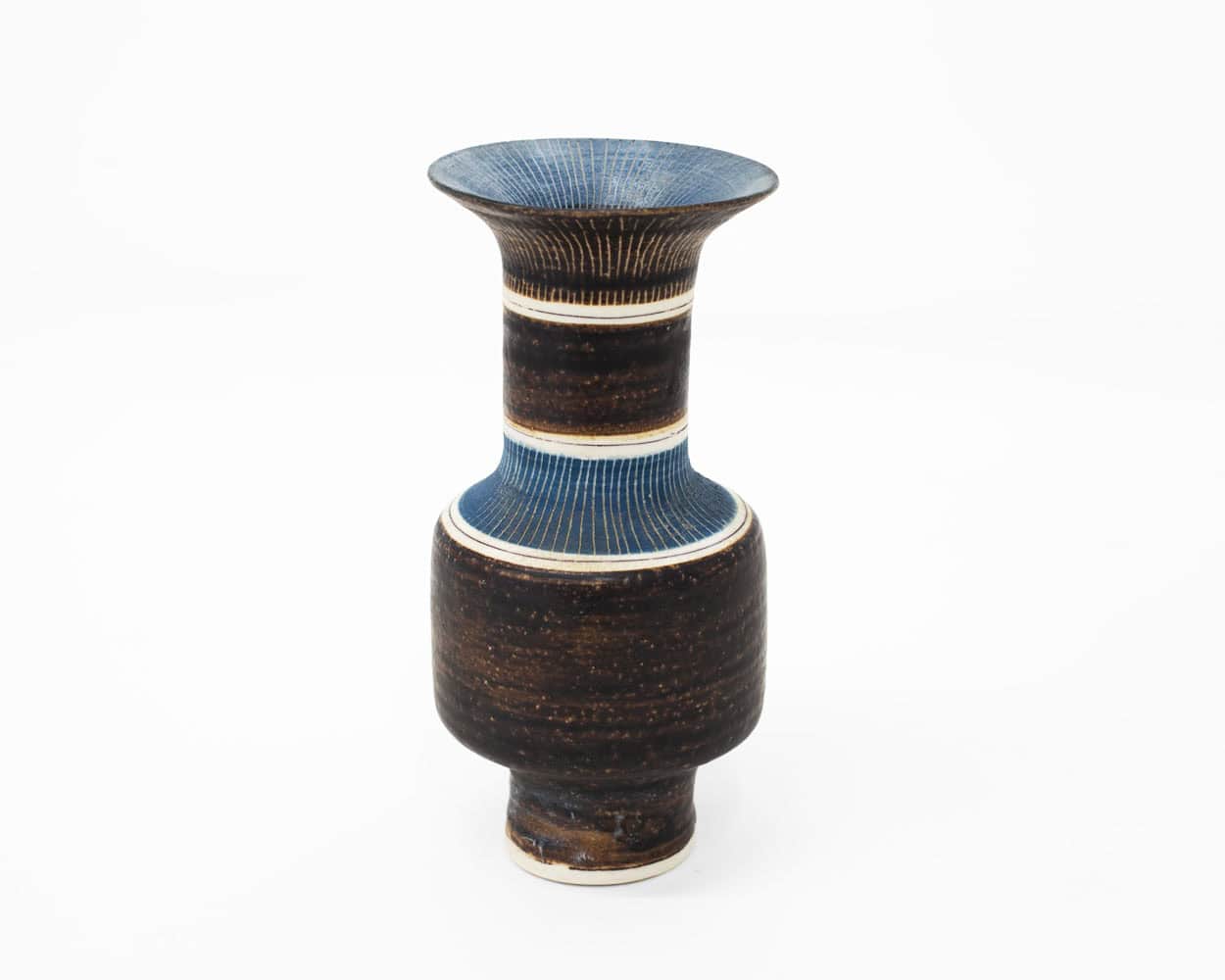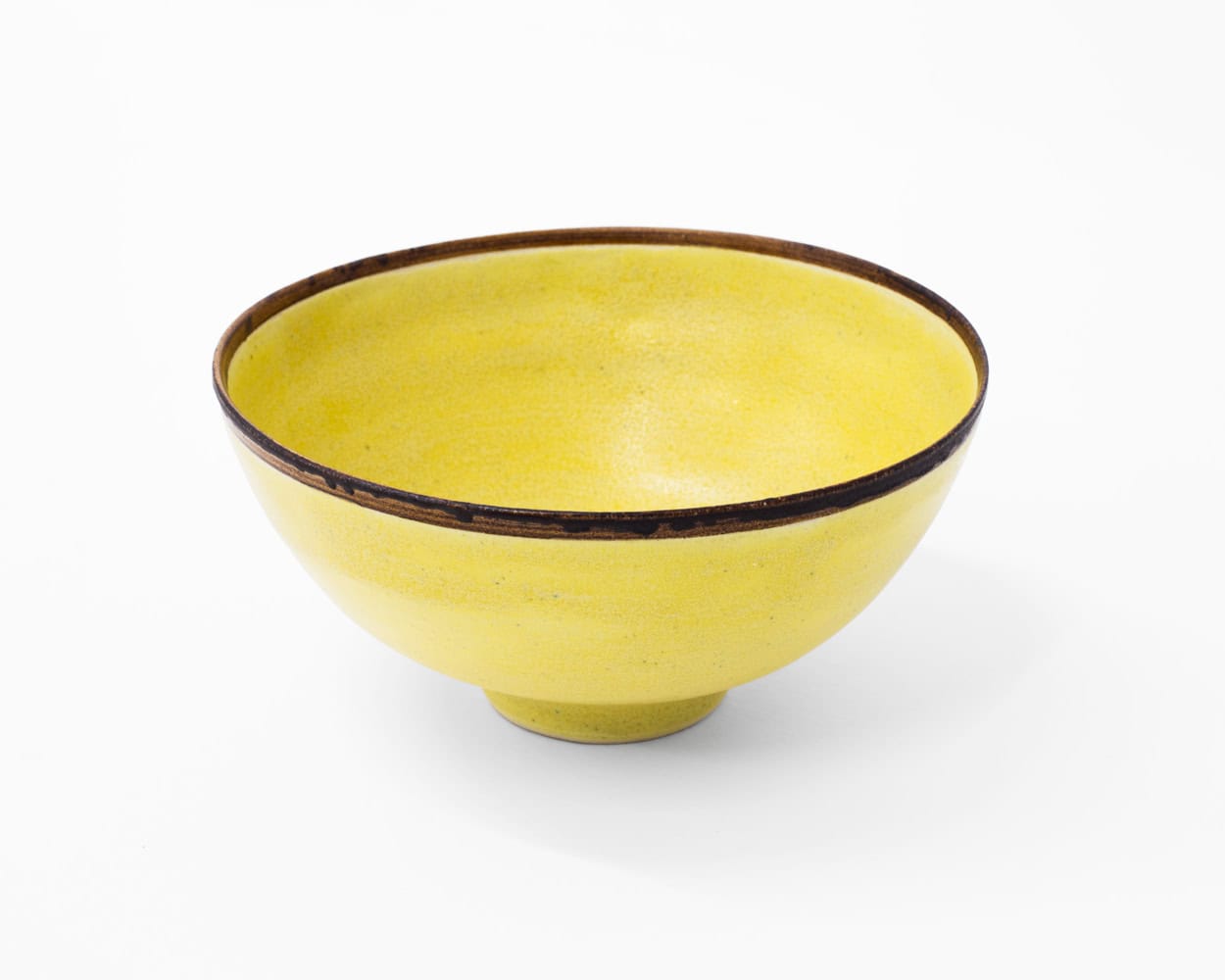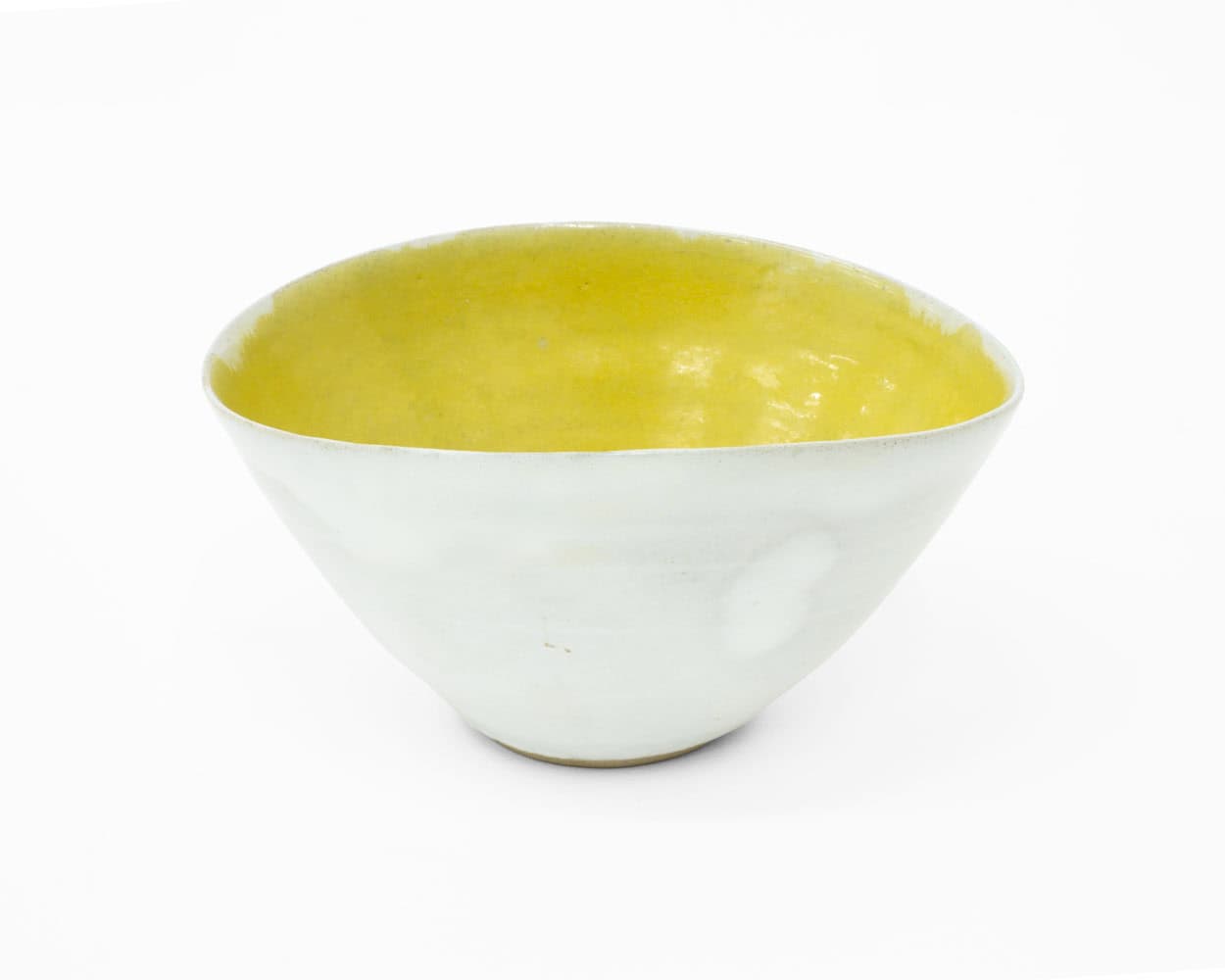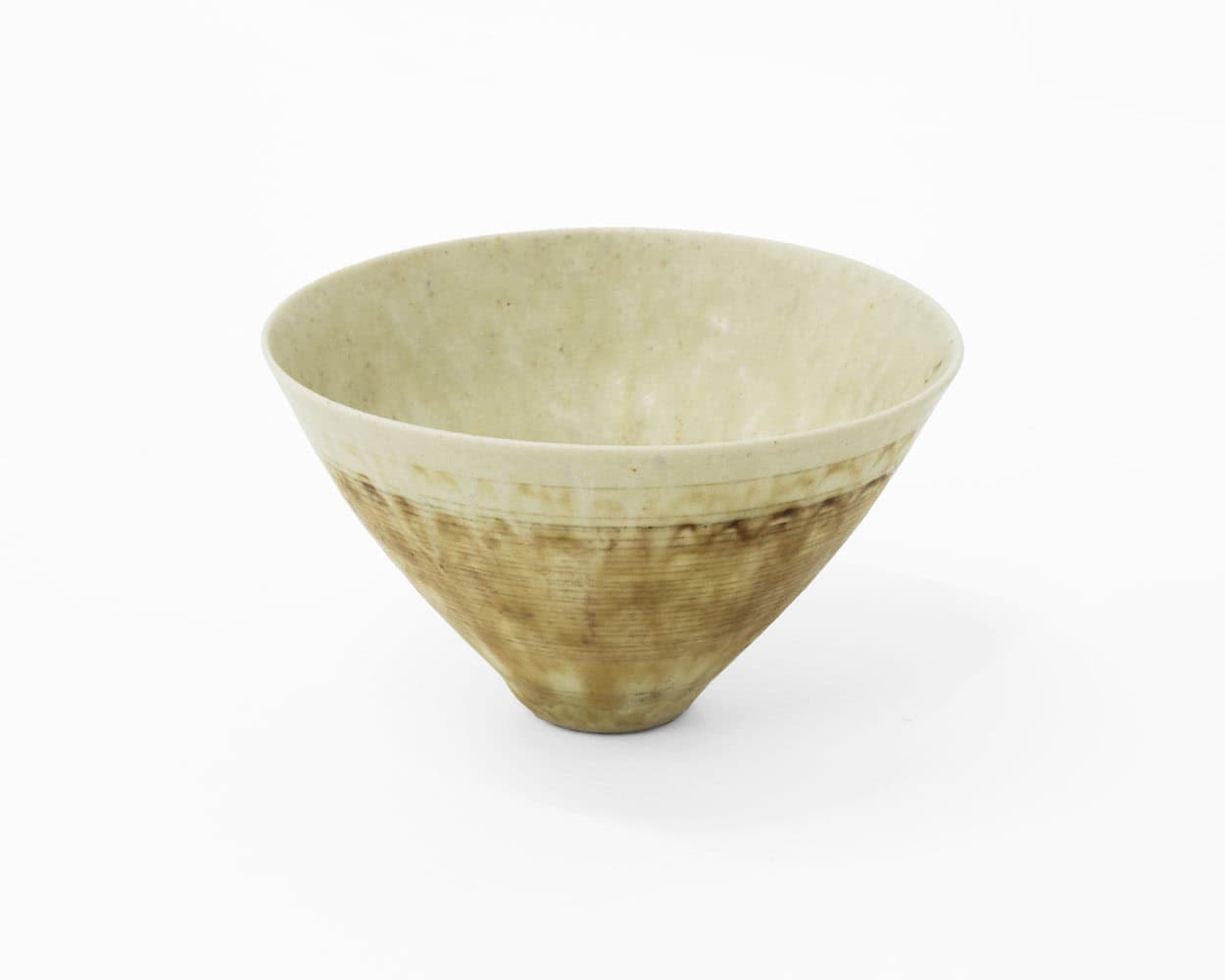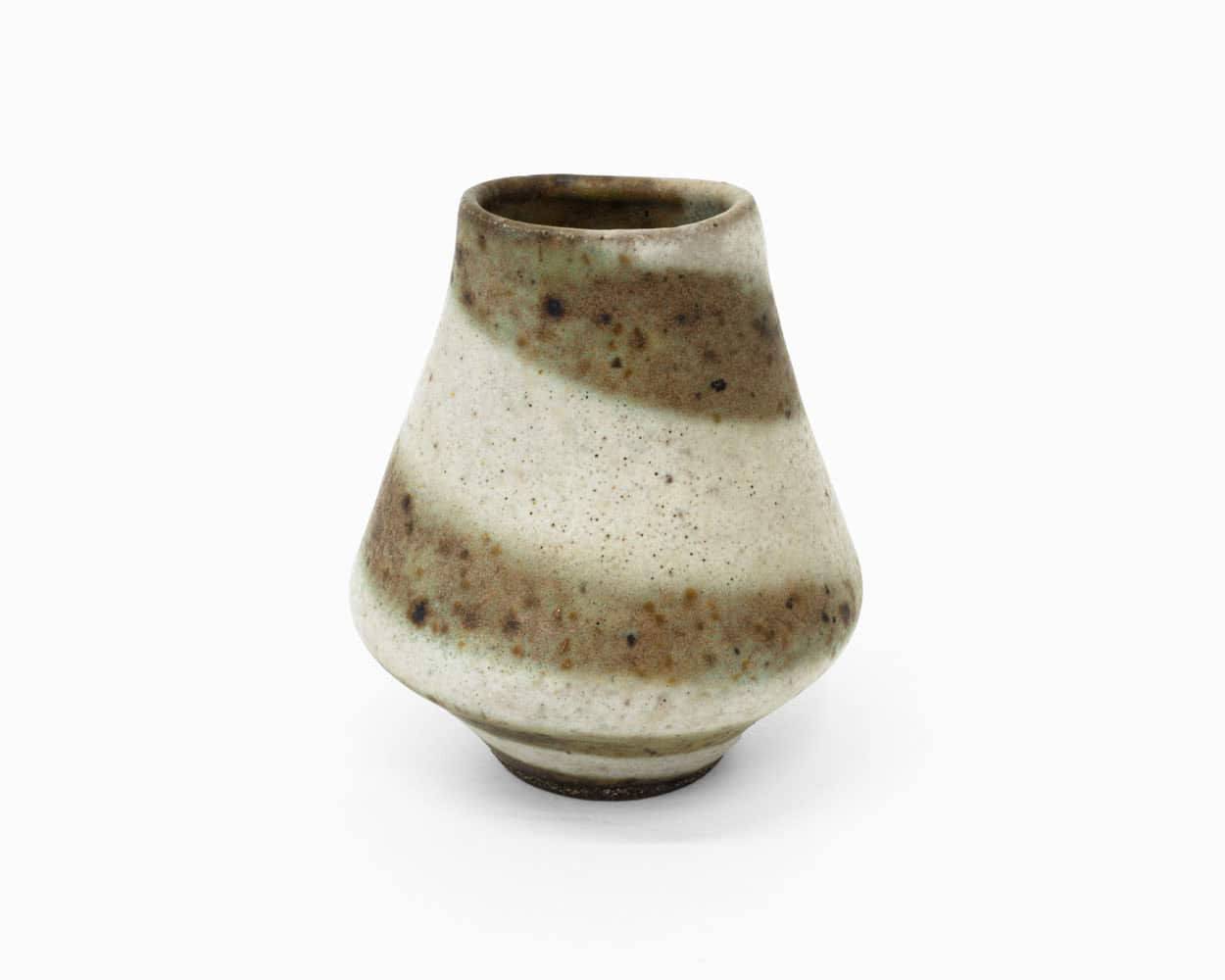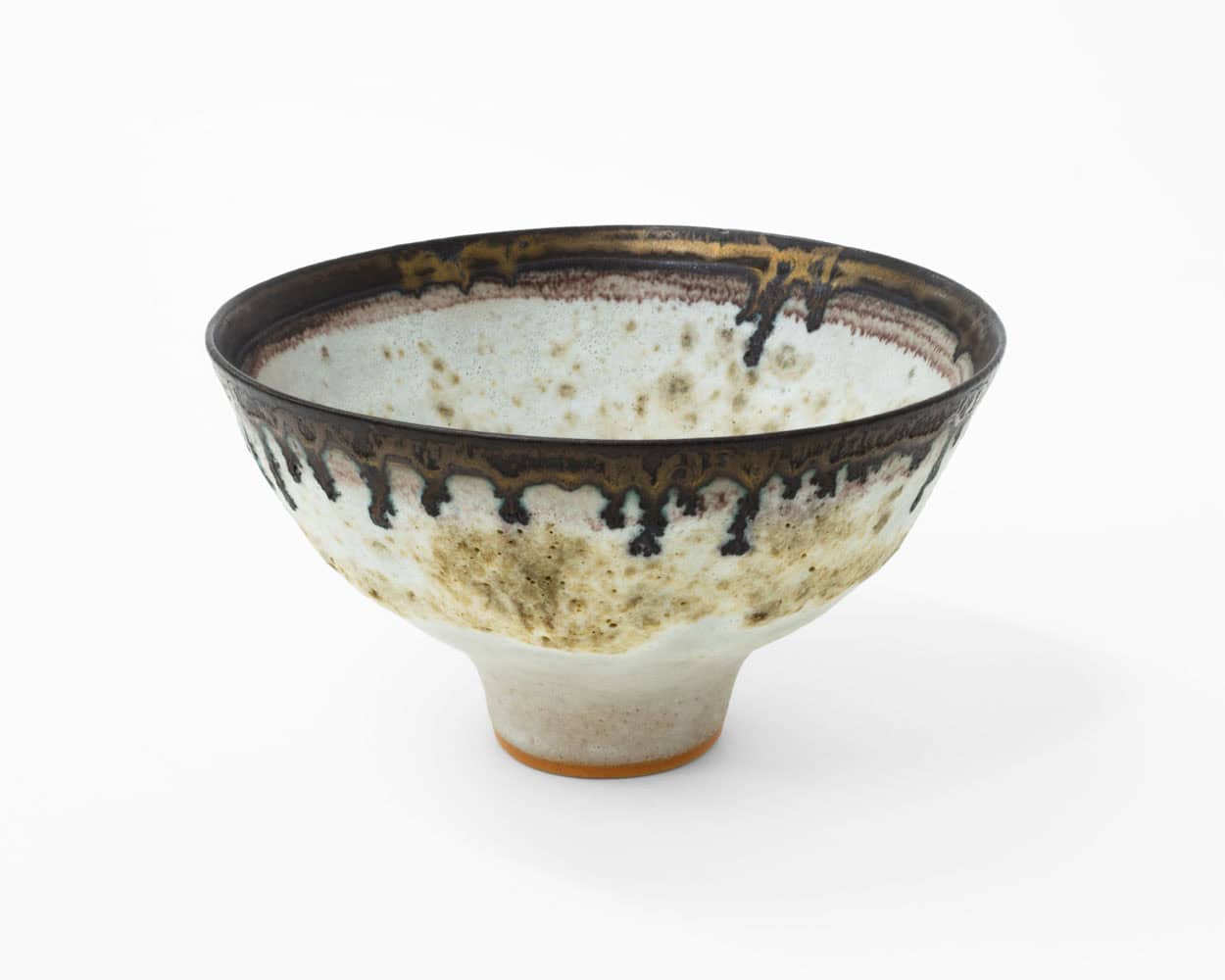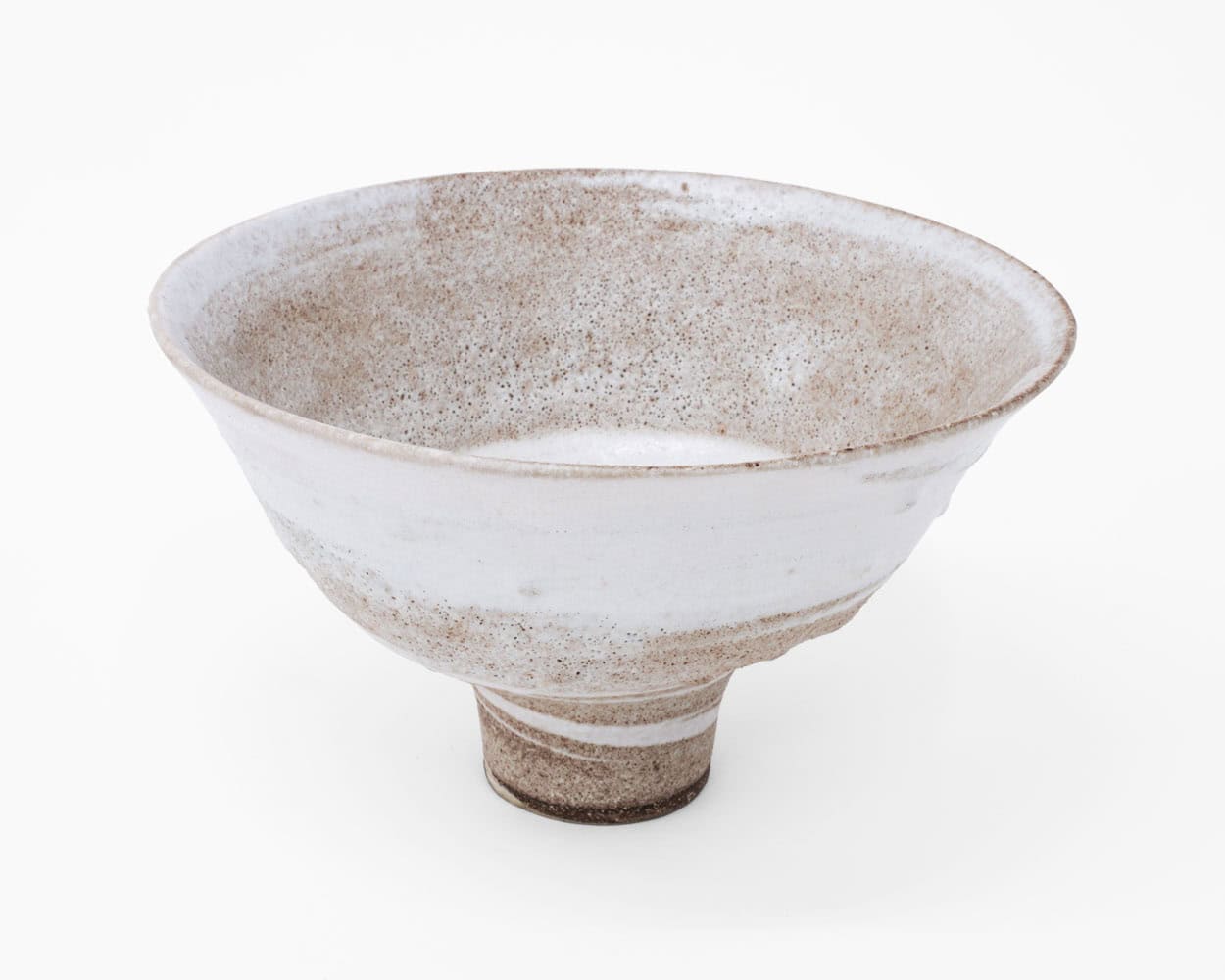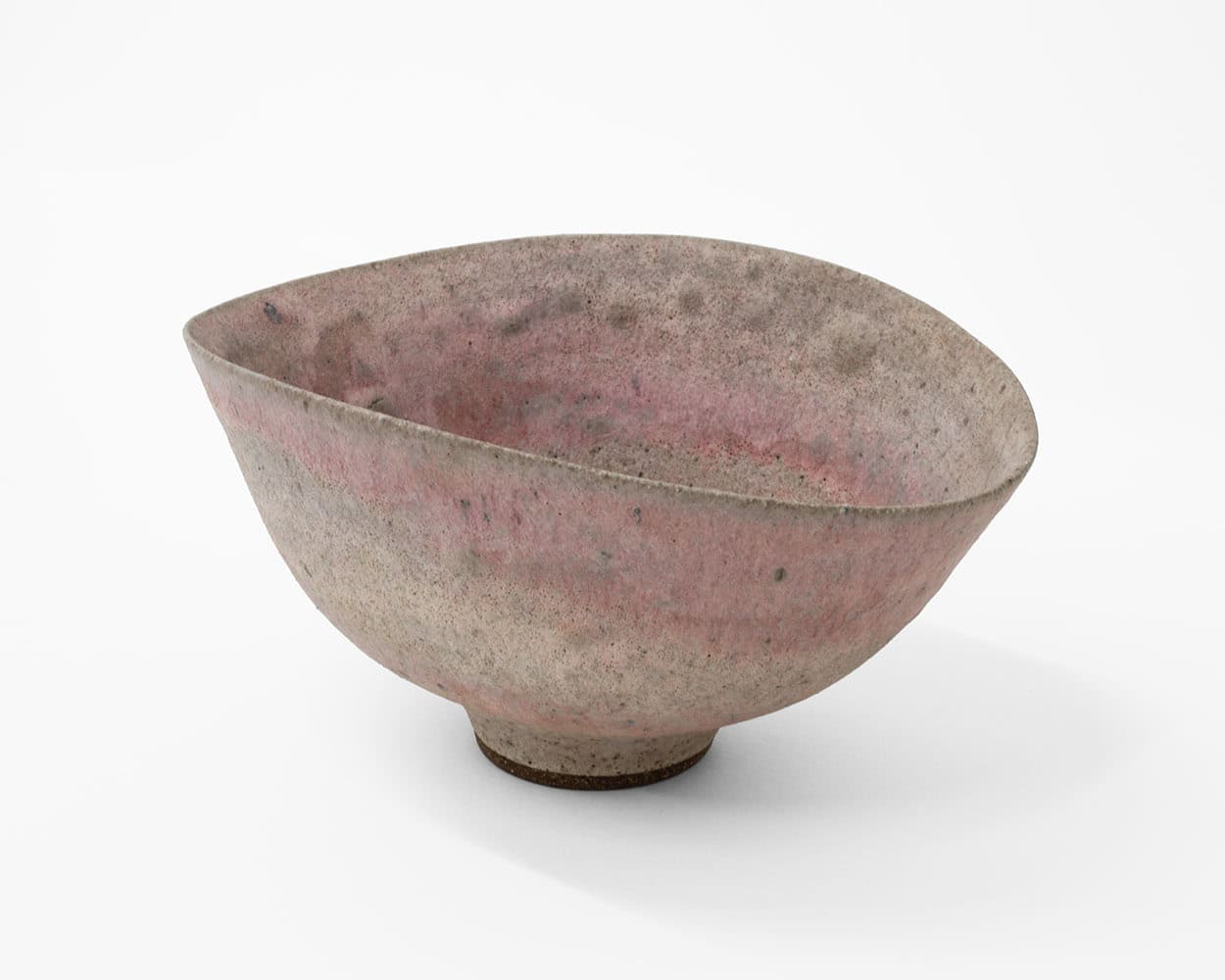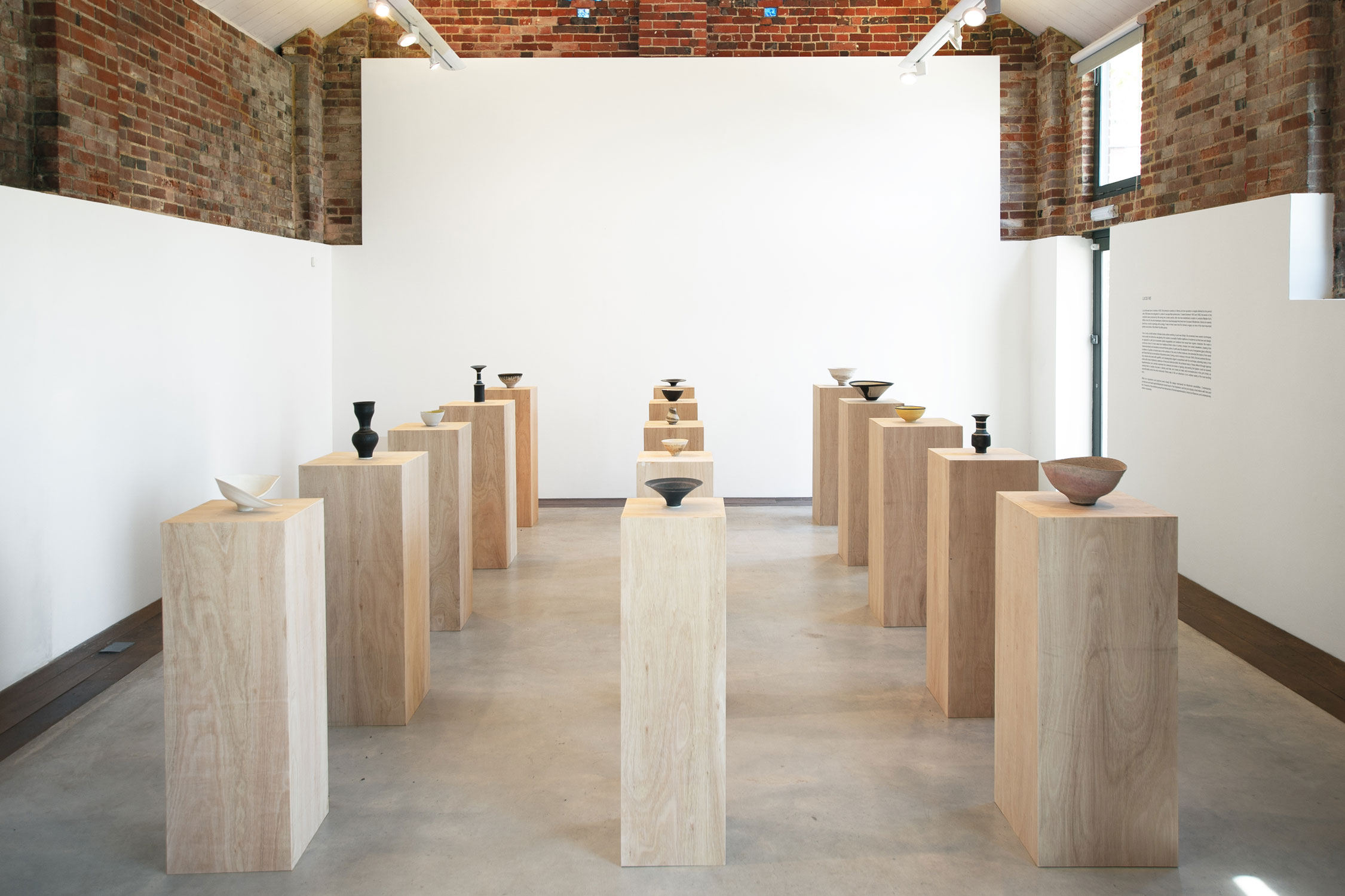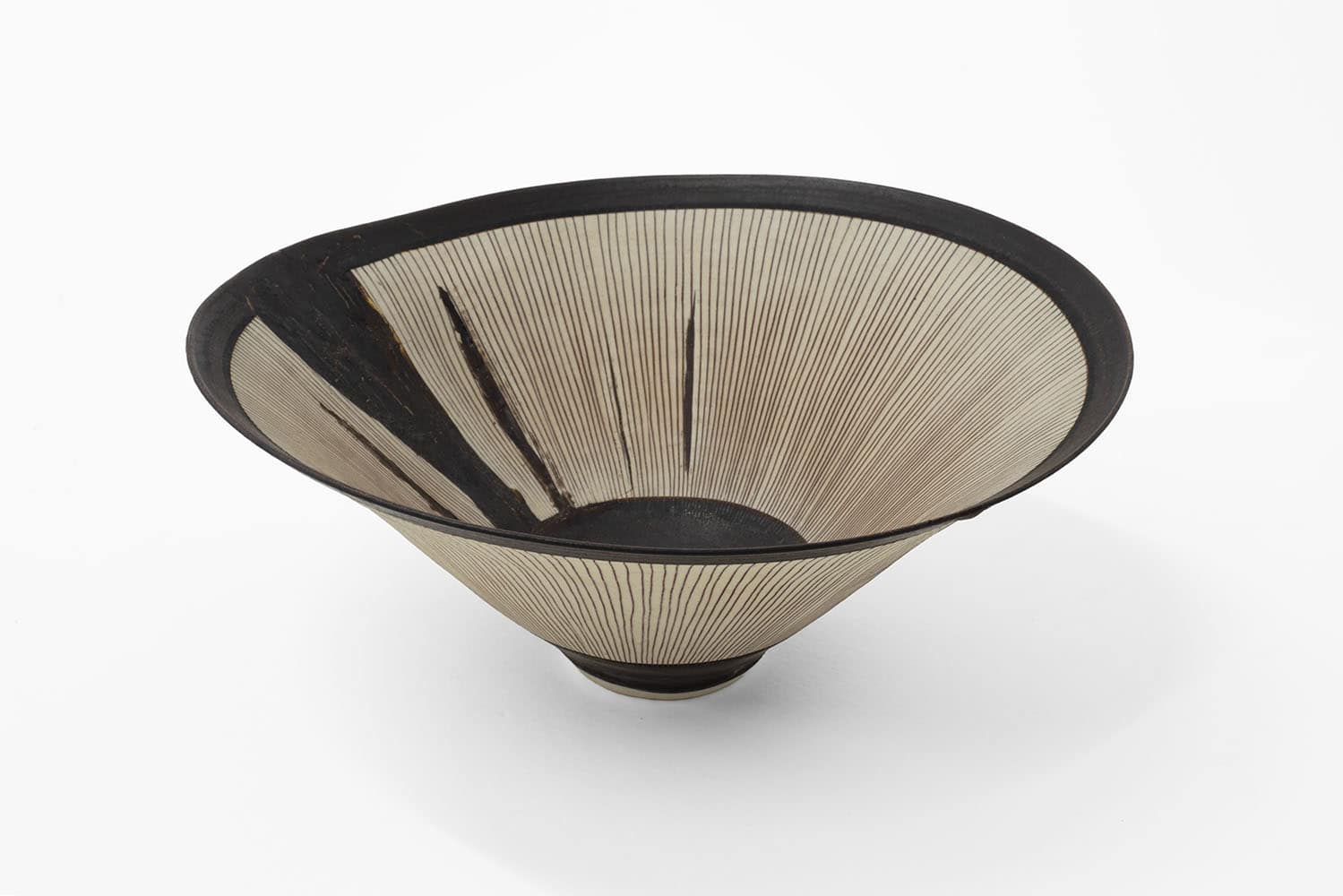
Lucie Rie
B. Austria, 1902-1995
The Works
15
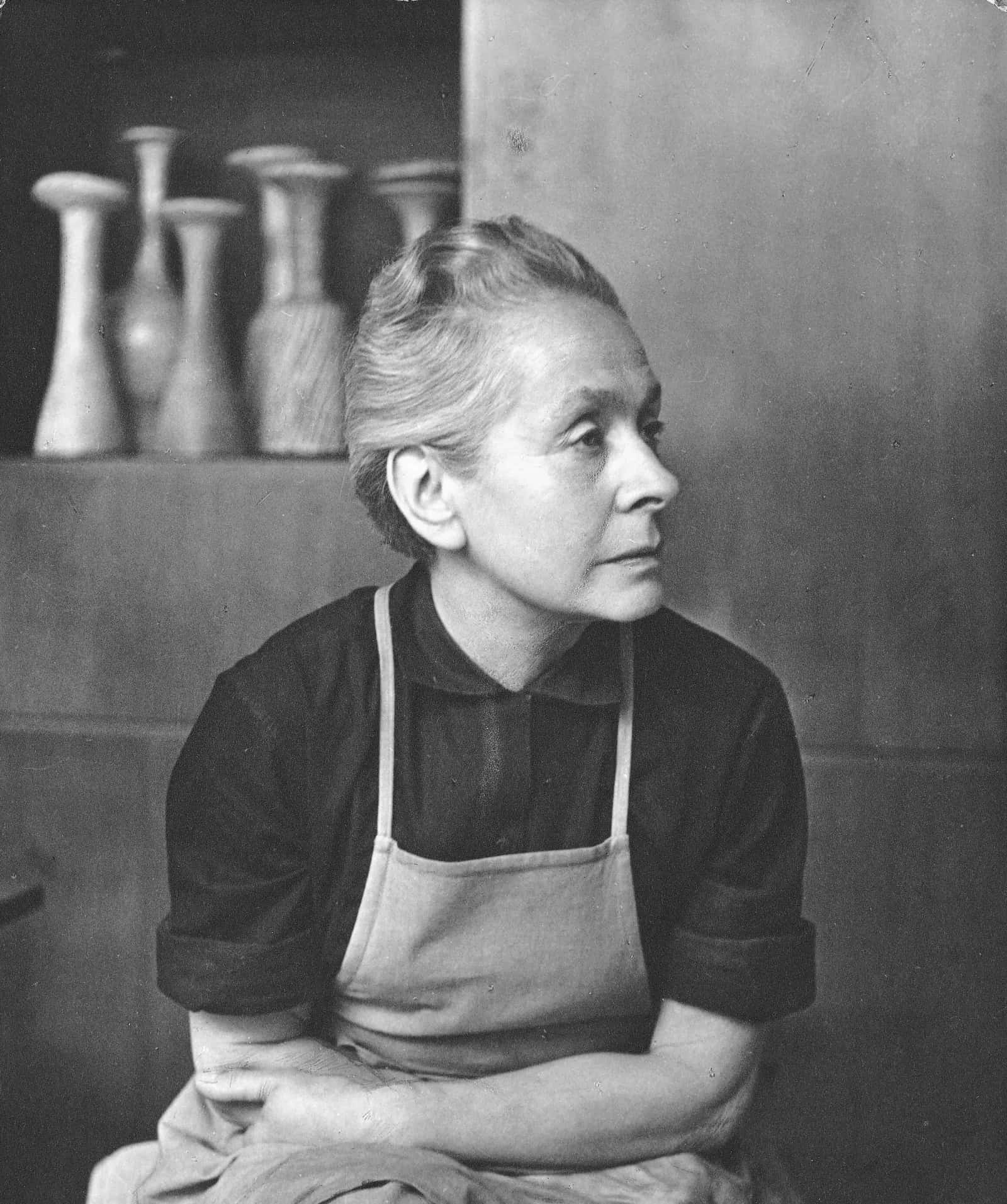
B. Austria1902-1995
Biography
Lucie Rie’s groundbreaking practice is defined by a refined clarity and simple, utilitarian forms. Rie’s ceramics are characterised by paradoxical dualities: functional and decorative; light and dark; economic and precious. In describing her affinity with pottery, Rie noted that ‘there is nothing sensational about it, only a silent grandeur and quietness.’
Austrian-born, Rie trained in ceramics in Vienna, but her reputation is largely defined by the period after 1938 when she emigrated to London to escape Nazi persecution and established a studio in Marble Arch. One of only a small number of female studio potters working in post-war Britain, Rie pioneered new ceramic techniques, most notably her distinctive raw glazing. Her ceramics unusually fit within traditions of modernist architecture and design, as opposed to craft, but incorporate subtle irregularities and variations that reveal their organic character.
Lucie Rie, born 1902, studied at the School of Arts and Crafts in her native Vienna. Her studio was formed in 1925, and in the same year she exhibited at the Paris International Exhibition. In 1937, she won a silver medal at the Paris International Exhibition. After emigrating to the United Kingdom in 1938, she created buttons as a contribution to the Allies’ war effort, and did not resume potting until 1946. Her first solo show was in London, 1949. In 1951, Rie exhibited at the Festival of Britain and the Milan Triennale. She began teaching at Camberwell School of Arts and Crafts in 1958, eventually retiring from teaching in 1972. The Arts Council of Great Britain staged a retrospective of her work in London, 1967, and in the same year Rie and her long-term friend and collaborator, Hans Coper, exhibited at the Museum Boijmans Van Beuningen, Rotterdam. She enjoyed another retrospective organised by the Arts Council in 1981, which was shown at the Sainsbury Centre, Norwich, and the Victoria and Albert Museum, London. In 1994, works by Rie and Coper were exhibited at the Metropolitan Museum of Art, New York. Her works are held in collections internationally, including the National Museum of Wales, Cardiff, the Museum of Modern Art, New York, the Carnegie Museum of Art, Pittsburgh, Victoria and Albert Museum, London, The British Council Collection, and the Fitzwilliam Museum, Cambridge. Rie died in 1995.
Exhibitions
1
By continuing to use this site you consent with our cookie policy. You can read more here.
Enquire
Thank you for your enquiry. We will be in touch shortly.
